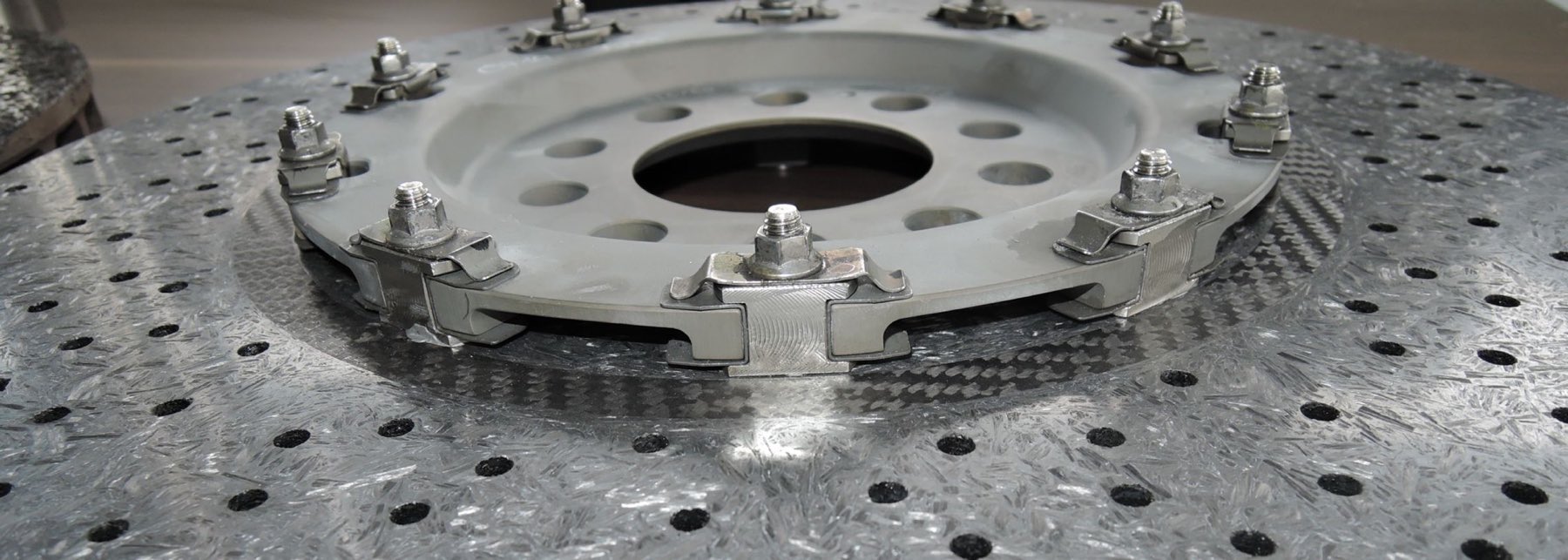Hydraulically actuated disc brakes are the most commonly used.
Ceramic brake disc failure.
Averi melcher january 15 2020.
Brake pads in modern vehicles are either ceramic or metallic ceramic brake pads are usually more expensive but offer superior performance for casual drivers.
There s a right way and a wrong way to do anything and through the thick storm of relentless marketing hype that line can get a little blurred.
First introduced with the m6 in 2012 bmw has equipped the carbon ceramic brakes on the m5 m3 and m4 and customers of these cars often ponder whether the bmw s trademark golden calipers worth the extra cost.
Ceramic brake pads cause much less noise in comparison to metallic brake pads because they are not as abrasive.
Every brake pad manufacturer says that they re the best and that they re an upgrade from whatever you already have.
What are the best brake pads in 2020.
The bmw carbon ceramic brakes are supplied by brembo a well known brand to supply braking components.
A filling the mold b inserts the aluminum cores c pressing the ingredients together d extracting the disc ring e preparing for siliconization.
Manufacture process of carbon ceramic brakes.
This energy needs to be dispersed if the system is to avoid overheating and carbon ceramic brake discs perform this job especially well.
This prevents the brake disc from becoming deformed under demanding braking and helps to keep the vehicle as a whole cool too.
Metallic brake pads perform better under the intense demands of racing heavy trucking and police work.
This takes a lot of stress off the brake discs which means they will last longer too.
Most importantly ceramic brake pads are more resistant to heat which also preserves the life of your brakes too.
Normal brakes effectiveness is low when the braking components get hot which.
A disc brake is a type of brake that uses the calipers to squeeze pairs of pads against a disc or rotor to create friction.
Carbon fibre comes in many forms.
As below the carbon ceramic brakes for road cars are not derived from the carbon brakes on f1 cars so f1 hasn t provided a proving ground for this technology.
Disc brakes use friction to convert kinetic energy into heat energy.
In the real world though not every brake pad.

